Communications and Marketing
Biomedical research at H-BRS is being further expanded
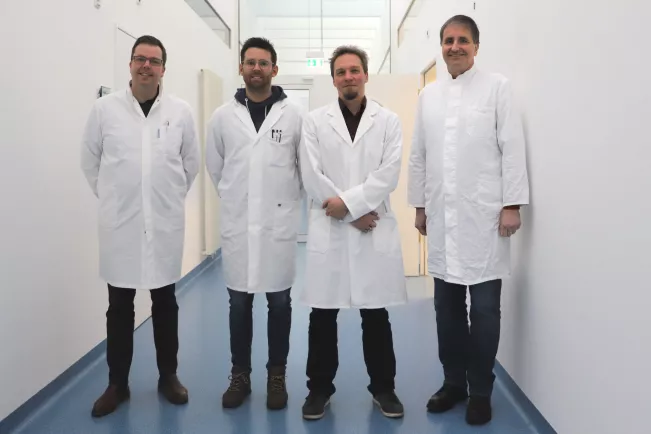
New technology at the Department of Natural Sciences at Hochschule Bonn-Rhein-Sieg: scientists at the university have put four new analysers for biomedical research into operation. Together, the four devices form the "Analysis platform for molecular mechanisms and cellular functions" and have found their place in the biology laboratories at the Rheinbach site. For the scientists in the department led by project manager Professor Jörn Oliver Sass, the new acquisition opens up the possibility of significantly expanding their biomedical research in those areas that have established themselves as focal points. These include research into inborn errors of metabolism, leukaemia and genetic disorders of ion channels, which can be associated with symptoms or diseases such as high blood pressure, cystic fibrosis and cardiac arrhythmia.
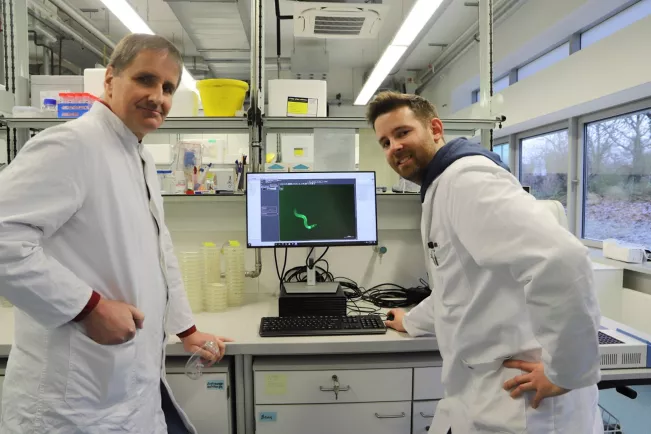
The German Research Foundation (DFG) is funding the purchase of the analysers and personnel costs with around one million euros. Bonn-Rhein-Sieg University of Applied Sciences applied for funding and was successful with its project. It is one of fifteen universities of applied sciences nationwide that were selected by the DFG. A total of 71 universities applied. According to the DFG, the funding serves to supplement and expand knowledge-based research in a targeted manner.
"The analysis platform sustainably improves our scientific infrastructure and provides a good basis for current and future research projects, including those involving doctoral students and other students," says biochemist Professor Sass, who is looking forward to new opportunities for cooperative research.
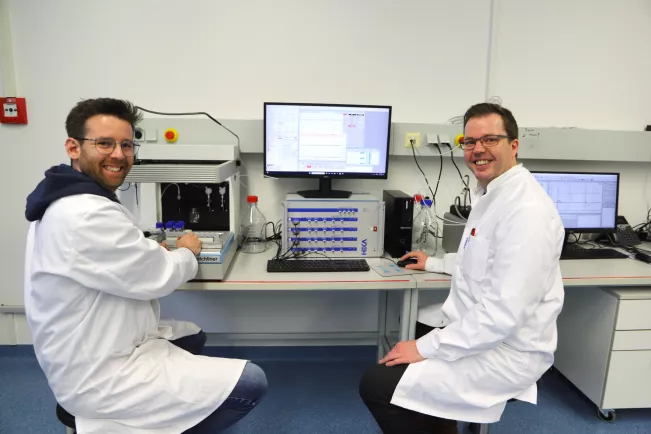
The new analysis platform is made up of four components that allow measurements to be taken that were previously not possible for researchers at H-BRS in this form. The new devices also represent considerable added value in terms of quantity - the number of analyses that can be carried out simultaneously.
A binding analysis device based on microscale thermophoresis will enable investigations of molecular binding processes, a speciality of Professor Matthias Preller, both of biomolecules with each other and of drug candidates. One advantage of the device is that very small amounts of protein are sufficient for the investigations. Another device enables studies on enzyme kinetics, as well as imaging studies on human cell lines and on nematodes, which serve as an invertebrate animal model. These are topics that are of particular interest to Professor Sass. One advantage here: The use of fluorescence and luminescence measurements means that radioactive labelling can be replaced. The third device, an automated patch-clamp system, is intended in particular to enable comprehensive characterisation of the function of ion channels in mammalian cells.
Deciphering the background of diseases
These investigations are important, for example, to better understand the body's water and salt balance and associated diseases. A better understanding in turn paves the way for new drugs.
Ion channels - which play an important role in many physiological processes in the human body - are a speciality of Professor Mike Althaus, who, together with his fellow Rheinbach professors Jörn Oliver Sass and Matthias Preller, prepared the successful proposal to the DFG.
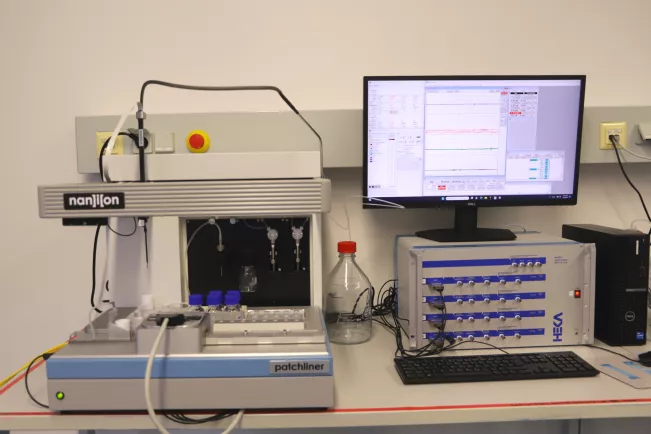
Device number four is important for high-resolution activity measurements on membrane transporters. Its strength lies in its ability to detect even the smallest electrical currents, which are virtually inaccessible using conventional methods. The bioscientists are confident that with its help they will be able to decipher the causes of diseases that can be traced back to gene variants in these membrane transporters.
The funding for the analysis platform from the German Research Foundation is initially for three years, with the option of an extension for a further two years. The promised funding has also made it possible to hire a technical employee to look after the equipment and coordinate its use.
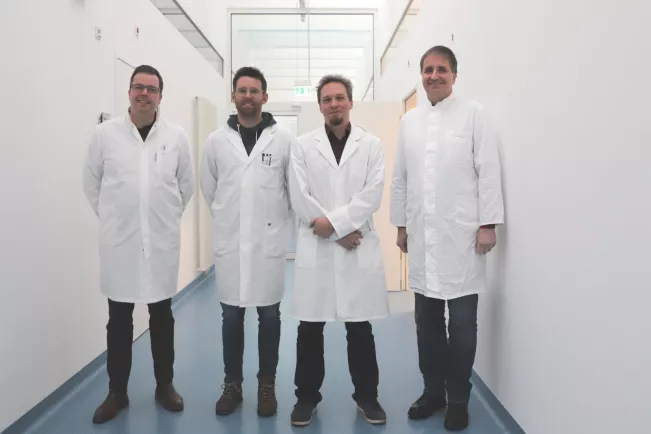
The university's interest in the long-term use of the new technology is demonstrated by the fact that it has financed research assistants from its own funds and has promised a position for research assistants.
Professor Sass and his colleagues in the department are already using the new devices for their research projects. However, they are also thinking beyond their current work. The new equipment will also be available to other working groups in their department and at the university's Institute for Functional Gene Analysis. The bioscientists are also certain that the new technology will pave the way for increased co-operation with researchers and clinics in Germany and abroad.
Press images (Photos: H-BRS)
Kontakt

Jörn Oliver Sass
Professor of Bioanalytics and Biochemistry, Research Group Inborn Errors ob Metabolism (RG Sass)
Location
Rheinbach
Room
I 218; Labor F 012
Address
von-Liebig-Str. 20
53359 Rheinbach
Telephone
+49 2241 865 9668
Research fields
Location
Rheinbach
Room
E008
Address
von-Liebig-Straße 20
53359, Rheinbach
Telephone
02241 865 9541
Location
Rheinbach
Room
E004
Address
von-Liebig-Straße 20
53359, Rheinbach
Telephone
+49 2241 865 9851
Location
Sankt Augustin
Room
E 240
Address
Grantham-Allee 20
53757, Sankt Augustin
Telephone
+49 2241 865 9560


